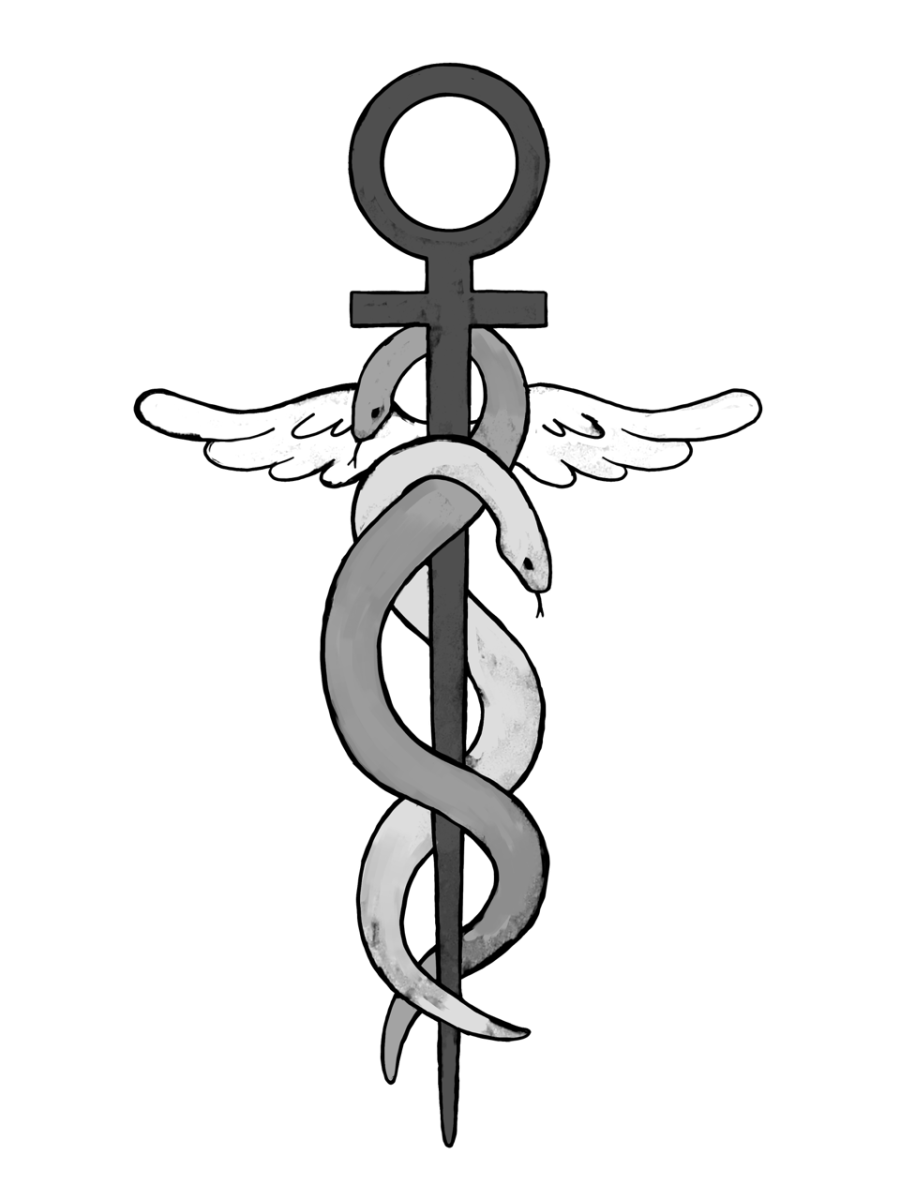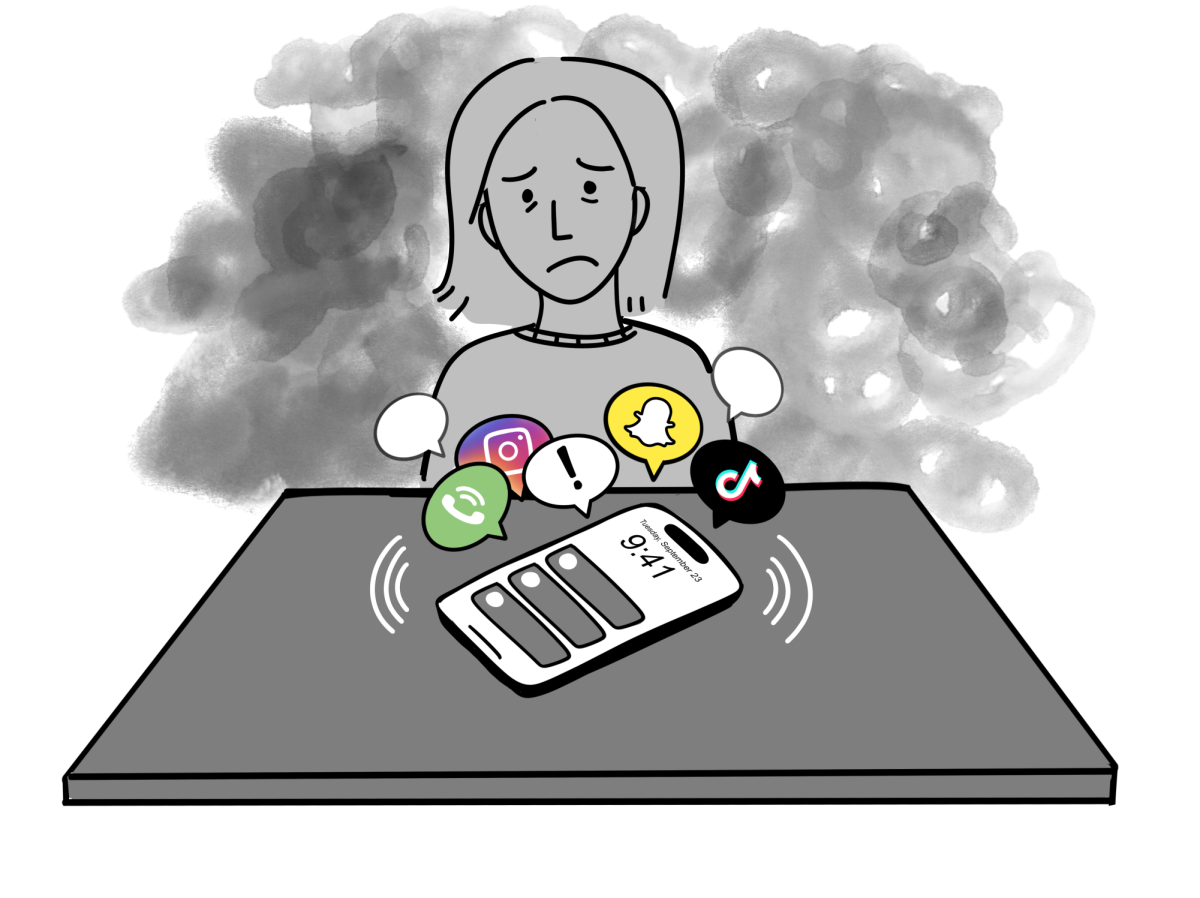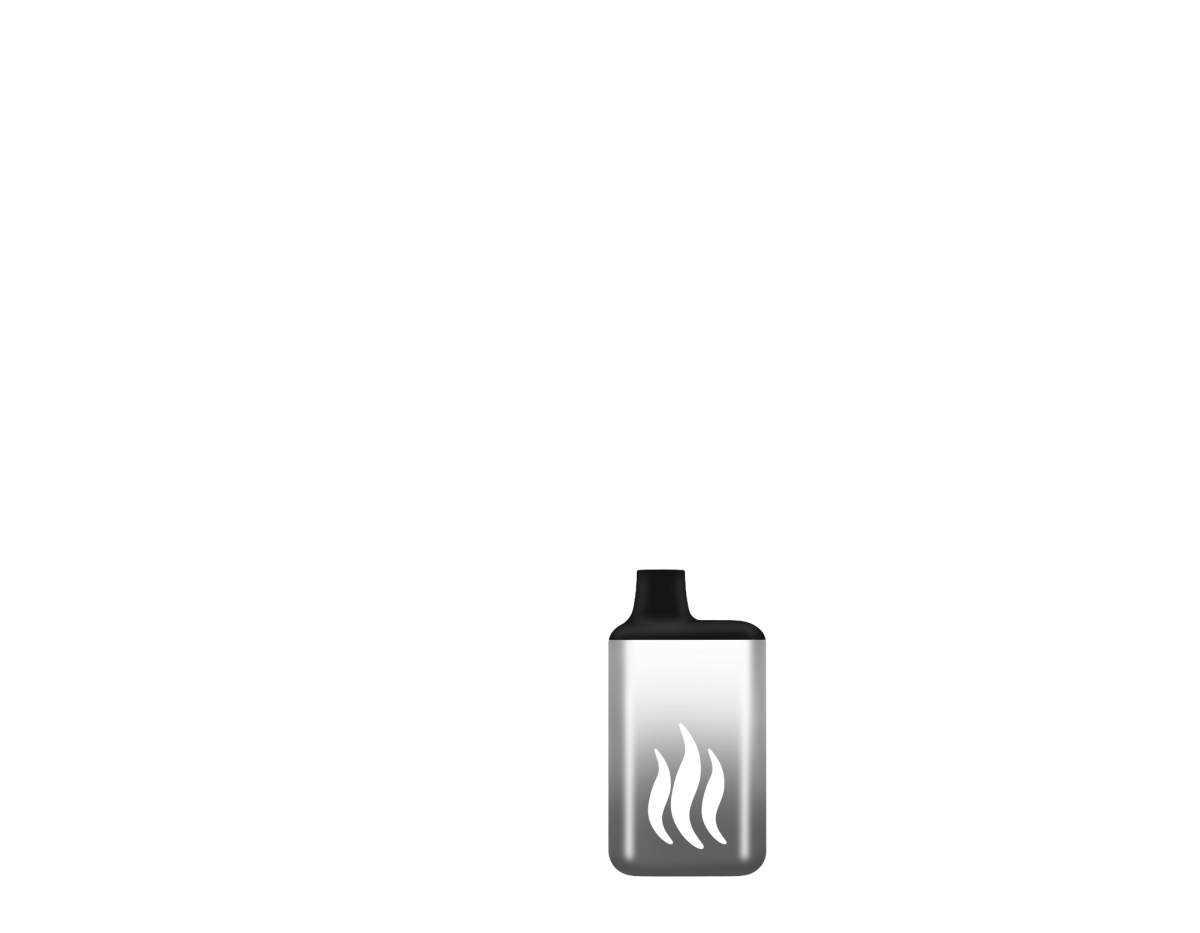Anxiety, tremors, convulsions, paralysis—what condition could these indicate? In Ancient Greece, there was one catchall explanation for any number of symptoms. Hysteria, defined by Hippocrates as the unusual movement of the uterus, became an explanation for any medical problem a woman could have. It was believed that the uterus could move around the body, pressing on other organs and wreaking havoc on the body. Only in 1980 was the diagnosis of hysteria finally removed from the American Psychiatric Association’s Diagnostic and Statistical Manual of Mental Disorders. But while hysteria is no longer a medical diagnosis, the trend of women being misdiagnosed and inaccurately treated has continued until today.
Women are more likely to have their medical symptoms dismissed as mental illness. According to a study in a Journal of Women’s health, middle-aged women with symptoms of heart disease were two times as likely to be diagnosed with a mental illness than males in the same situation. Although men are more likely to develop heart disease than women, heart disease is still the number one cause of death in US women. According to the book “Chronic Pain: Psychosocial Factors in Rehabilitation,” women with chronic pain are more likely to be wrongly diagnosed with a mental illness than their male counterparts. They are also more likely to be prescribed psychoactive drugs for their pain. Women are repeatedly told by doctors that their pain is in their head. The last place to invoke sexist stereotypes that women are more emotional and susceptible to pain is the hospital—after all, someone’s life may be on the line.
Worse still, women are too often told that their medical pain is simply due to their own low pain tolerance. According to Oregon Health & Science University, the average wait time for severe stomach pain in the ER is sixteen minutes more for women than men. It’s unacceptable for a woman’s sex to dictate that her issues are somehow less urgent than a man’s. Men are also given more pain medication than women. Researcher Karen Calderone discovered that when men and women with identical symptoms present their issues to a doctor, doctors are more likely to prescribe sedatives to women than pain relieving drugs. This means doctors are operating off the age-old stereotype that women are making up their pain—that instead of being relieved of their pain, they need to be sedated.
This disparity may stem from the fact that women are excluded from clinical trials. According to a study by Brigham and Women’s Hospital, only one third of cardiovascular clinical trial subjects are female. However, nearly 500,000 American women die from cardiovascular disease per year. It is imperative that women are included in the research of the very diseases that affect them most. Cardiovascular disease is the number one cause of death to women in the US. Another clinical trial disparity occurs when researching chronic pain. According to Harvard Health, seventy percent of people with chronic pain are women. However, women are alarmingly underrepresented in the clinical trials studying this disease. Eighty percent of chronic pain studies are performed on men or male mice.
There is no excuse for the medical industry to provide sub-par medical care to women. We left hysteria in Hippocratic Greece—let’s make women’s misdiagnosis ancient history too.






